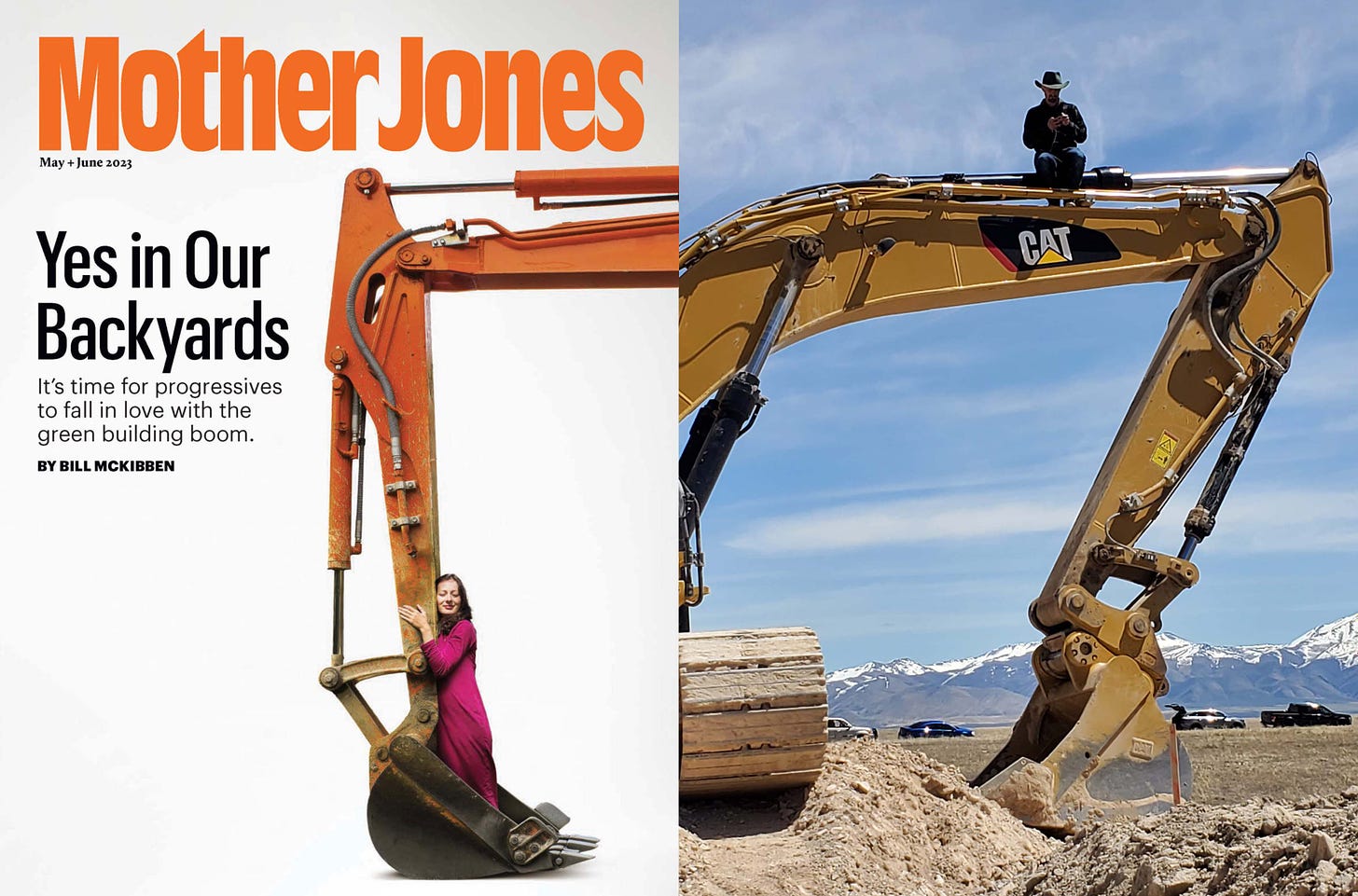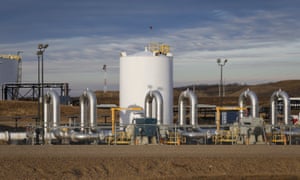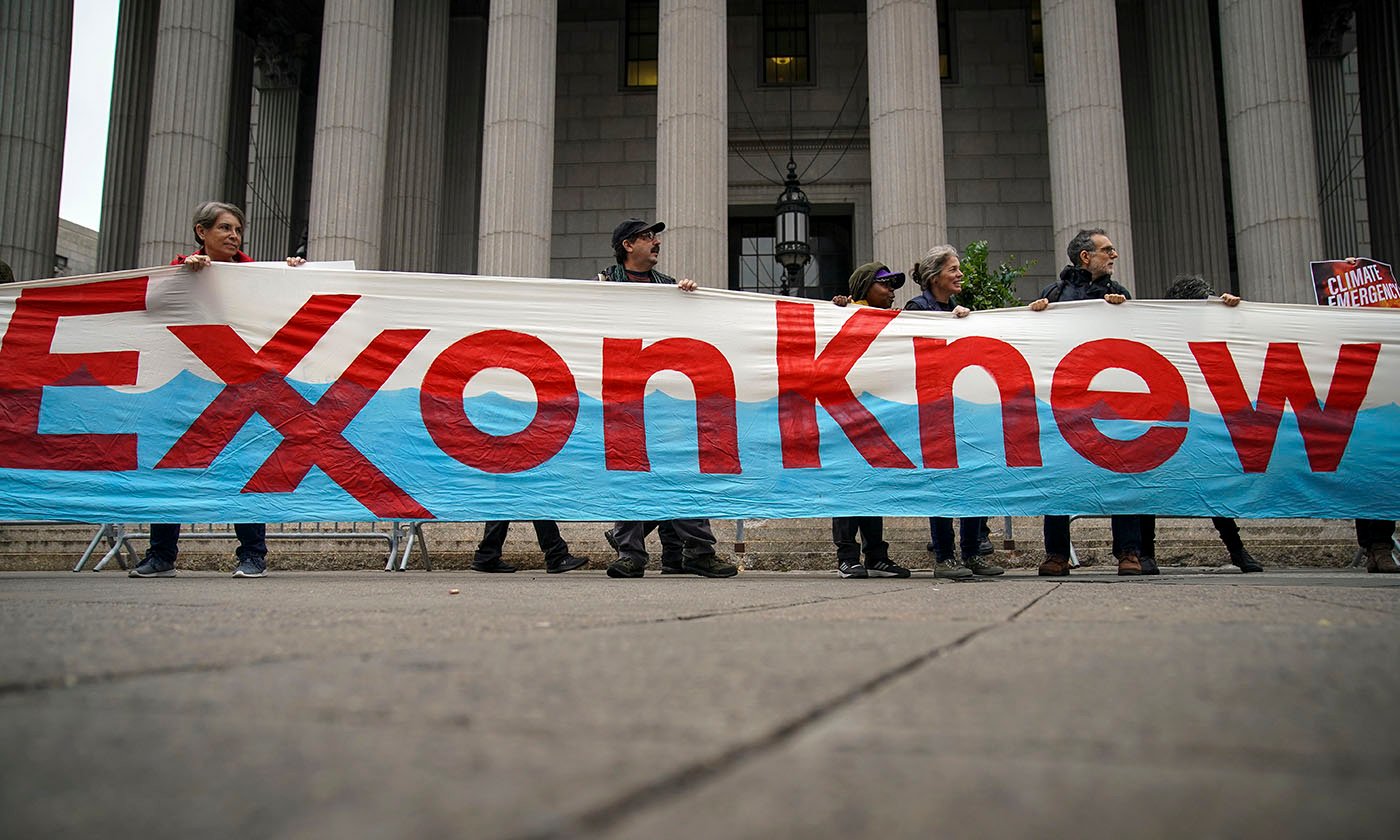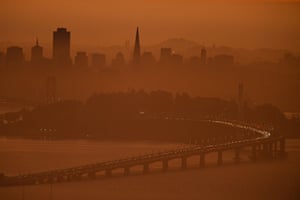In the cloud of toxic dust thrown up by the Kavanaugh hearings last week, two new Trump initiatives slipped by with less notice than they deserve. Both are ugly, stupid – and they are linked, though in ways not immediately apparent.
In the first, the administration provided the rationale for scrapping President Obama’s automobile mileage standards: because Trump’s crew now officially expects the planet to warm by 4C . In the environmental impact statement they say it wouldn’t make much difference to the destruction of the planet if we all keep driving SUVs.
The news in that statement is that administration officials serenely contemplate that 4C rise (twice the last-ditch target set at the Paris climate talks). Were the world to actually warm that much, it would be a literal hell, unable to maintain civilizations as we have known them. But that’s now our policy, and it apparently rules out any of the actions that might, in fact, limit that warming. You might as well argue that because you’re going to die eventually, there’s no reason not to smoke a carton of cigarettes a day.
Meanwhile, reporters also discovered that the administration has set up what can only be described as a concentration camp near the Mexican border for detained migrant children, spiriting them under cover of darkness from the foster homes and small shelters across the nation where they had been staying.
Not an extermination camp – these aren’t Nazis – but a camp that literally concentrates this “problem” in one place: a tent city in the middle of the desert. Schooling is not available there, as it was in the shelters they came from; instead the kids are given “workbooks that they have no obligation to complete. Access to legal services is limited.”
That camp is linked to climate change because, first, it’s in a desert. If you searched high and low across the North American continent, you could barely find a place hotter and drier than Tornillo, Texas, where in June the average high is 96F and where, as one climate data source succinctly puts it, “there is virtually no rainfall during the year”.















